Author // Sarah Mowery Monday, 21 March 2022
When you think of a mathematics classroom you are probably thinking about numbers, equations, and formulas. Many may not think about the reading and writing that is also necessary for a mathematics classroom. In order for students to think like a mathematician they also need to read and write like one. In their article, "Writing in Math: A Disciplinary Literacy Approach," William Brozo and Sarah Crain (2018) emphasize the importance of literacy in math, stating that, "problem solving in math begins and ends with literacy."
In Ohio's Learning Standards for Mathematics, the Standards for Mathematical Practice "describe varieties of expertise that mathematics educators at all levels should seek to develop in their students." The fourth Standard for Mathematical Practice states that students "can apply the mathematics they know to solve problems arising in everyday life, society, and the workplace." When students understand real-world connections while solving mathematical problems, they are more confident and motivated to find the answer. Literacy skills support this, providing context and opportunities for reflection through reading and writing.
Reading in the mathematics classroom can bring authentic topics to the forefront and help students see the connection between mathematical concepts and the world around them. Highlighting key vocabulary words within the text and deciphering those words can also help students to better comprehend the text.
Writing in a mathematics classroom can come in many different forms. Students can use graphic organizers to organize their thoughts, they can annotate their notes to explain in more detail, and they can write about word problems to help deconstruct what the question is asking. In the article, "Content Area Literacy in the Mathematics Classroom," Armstrong, Ming, and Helf (2018) claim that "when students write in the mathematics classroom, it helps them analyze, interpret, and communicate ideas which serve to deepen their understanding of content."
Math Picture Books
Explora includes full-text articles from thousands of magazines, journals, and newspapers, along with images, videos, primary sources, and eBooks. Lexile reading levels are included to help find grade-level appropriate text. INFOhio licenses Explora for Grades PreK-5, Explora for Grades 6-8, and Explora for Grades 9-12. Each of these provides a "Math" or "Science and Math" category on the landing page. After choosing this category from the landing page, then a specific mathematical concept can be chosen.
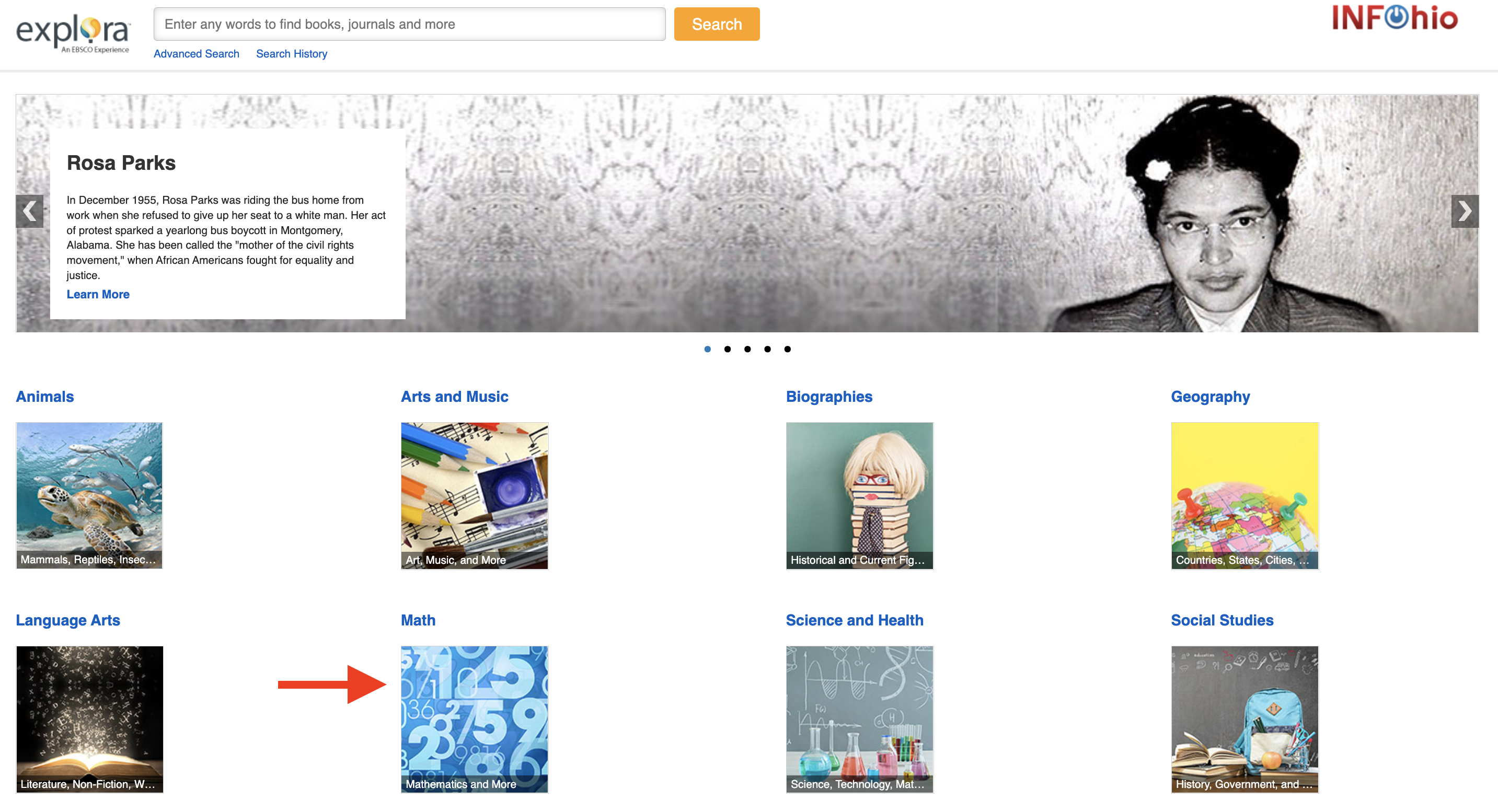
Narrow results by clicking "Math" and then "Patterns" to find a Patterns are Fun eBook series by Bela Davis in Explora for Grades PreK-5. This series is a fun way to introduce students to patterns. Share any of the eBooks in this series with students to show that mathematics can be found in the world around them. Connecting mathematics to the real world helps students understand and persevere with mathematical concepts. In the Patterns in Sports eBook, students will learn about color, position, or shape patterns that appear in sports such as skiing, soccer, or baseball. On page 20 of this eBook, it states "Look around you. What do you see?" Model for students an example of a pattern that you have found in the classroom. Then, have students look for patterns in the classroom and write down or draw a picture of the patterns they find.
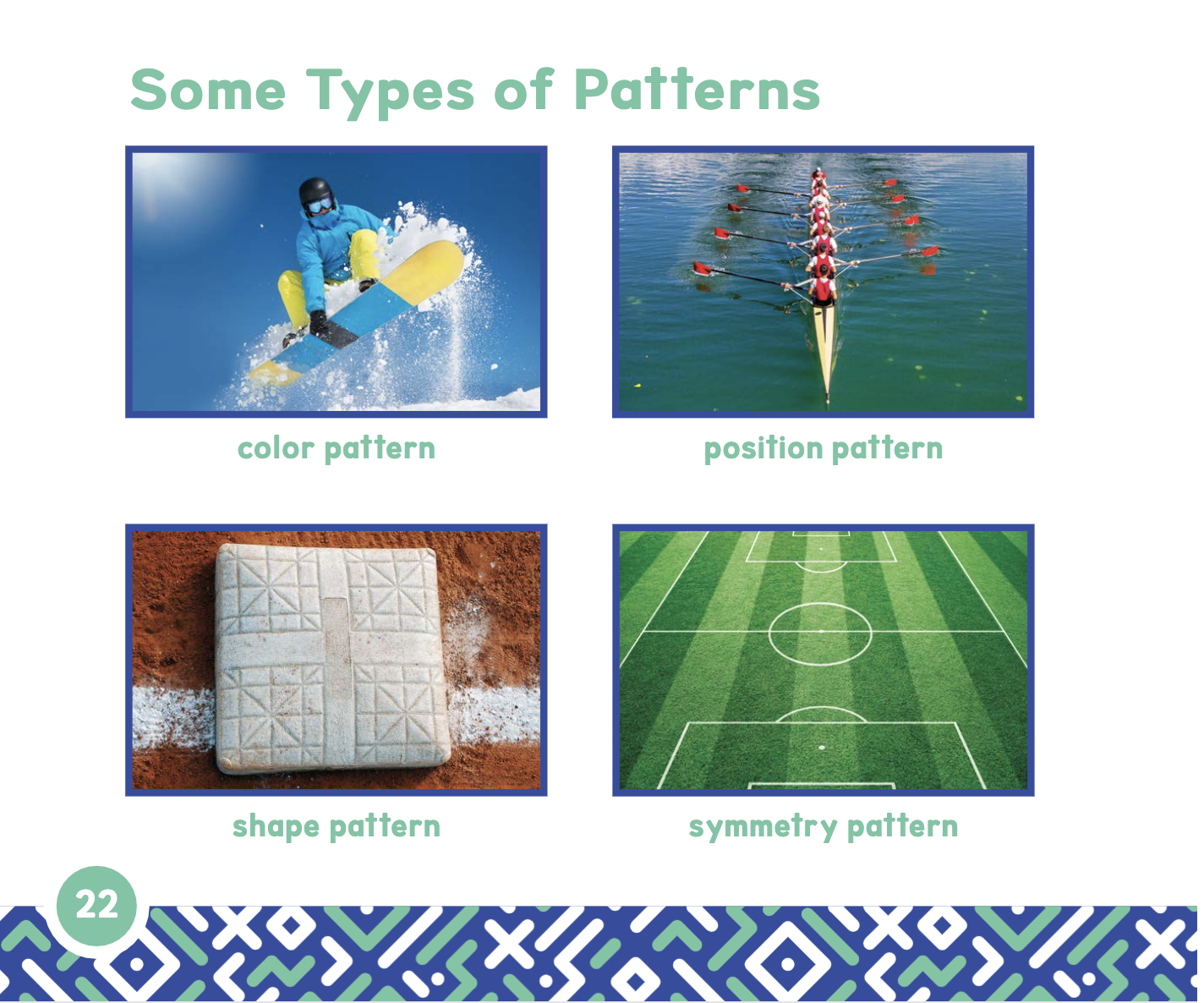
BookFlix, from Scholastic and INFOhio, provides PreK-3 grade students a library of paired nonfiction and fiction titles on different topics and themes. Five of these pairs are related to math. An easy way to connect literacy and mathematics is through picture books. In the article, "Literacy in Mathematics: Bringing Clarity to a Misunderstood Content Area," Askins (2021) shares how "pictures in the books helped [students] to visualize concepts. They were able to see the geometric and algebraic concepts beyond just shapes and numbers. The pictures made the concepts relatable."
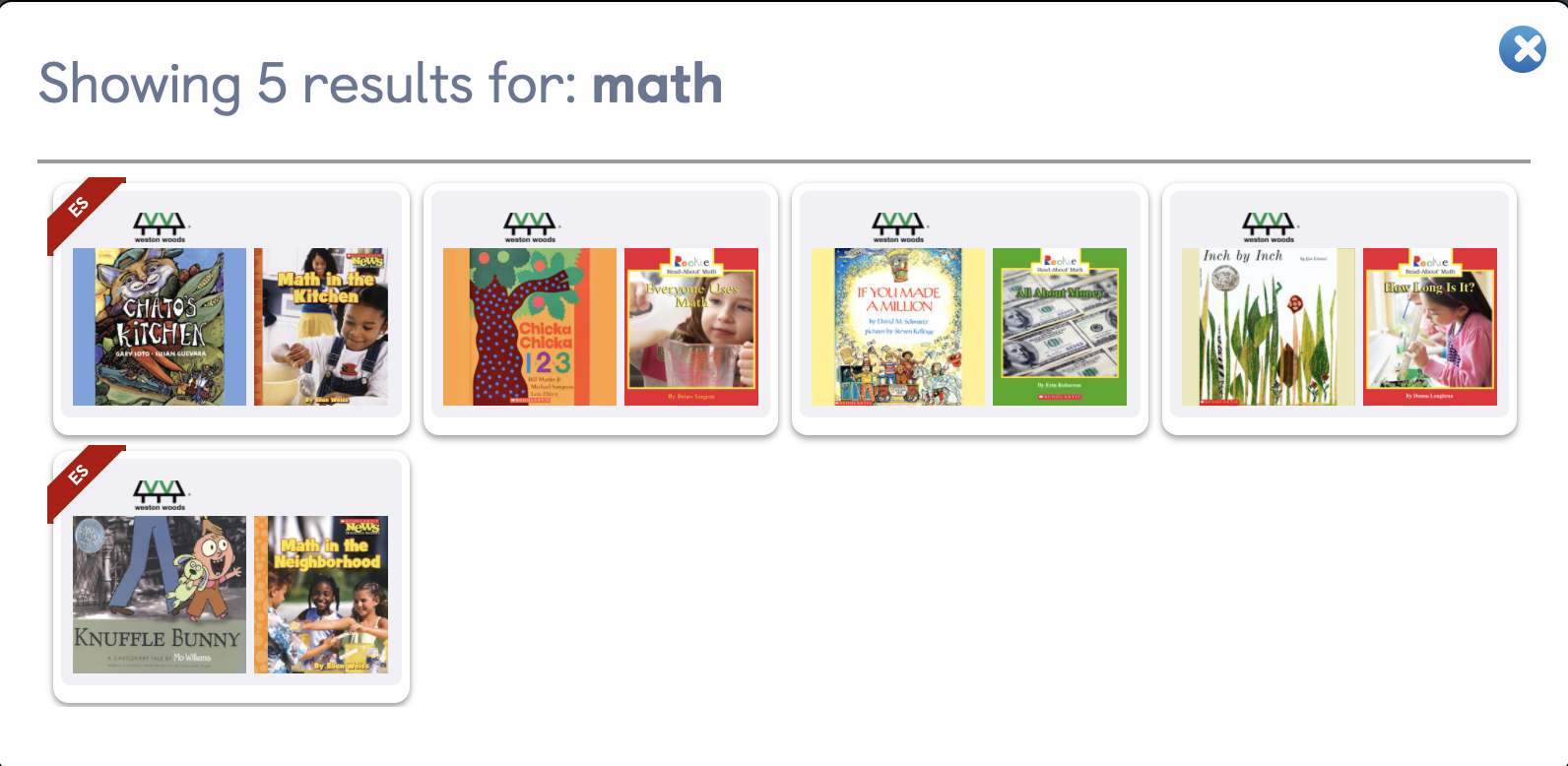
When introducing the concept of measurement to students, the fiction title, Inch by Inch by Leo Leonni, and its paired nonfiction title, How Long Is It? by Donna Loughran could provide an engaging way to connect the idea of measurement to the real world and to help visualize the concepts. After watching the fictional video and listening to the nonfiction title, ask students to identify how long an inch is on a ruler. Then direct students to find items in the classroom that are also an inch long. This Two Column Chart graphic organizer from The World Almanac for Kids Elementary Teacher Resources would work well for students to record their findings.
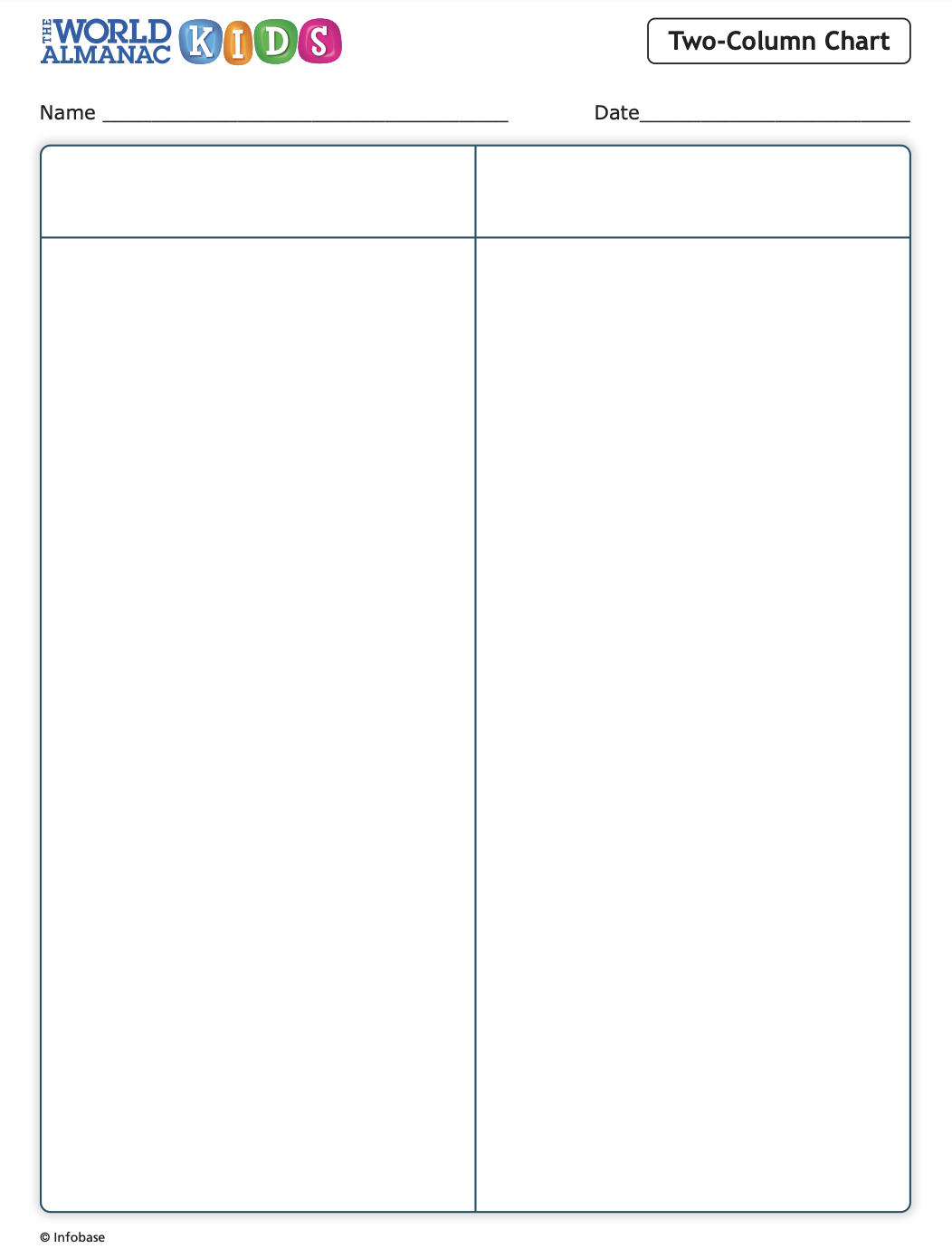
Capstone Interactive eBooks also offers picture books on math-related topics. The By the Numbers eBook series takes a look at American wars from a statistical perspective with data, graphs, and infographics. Titles in this series include American Revolution, Civil War, World War I, and World War II. Another title, Presidential Politics By the Numbers also provides a look at elections through the lens of numbers.
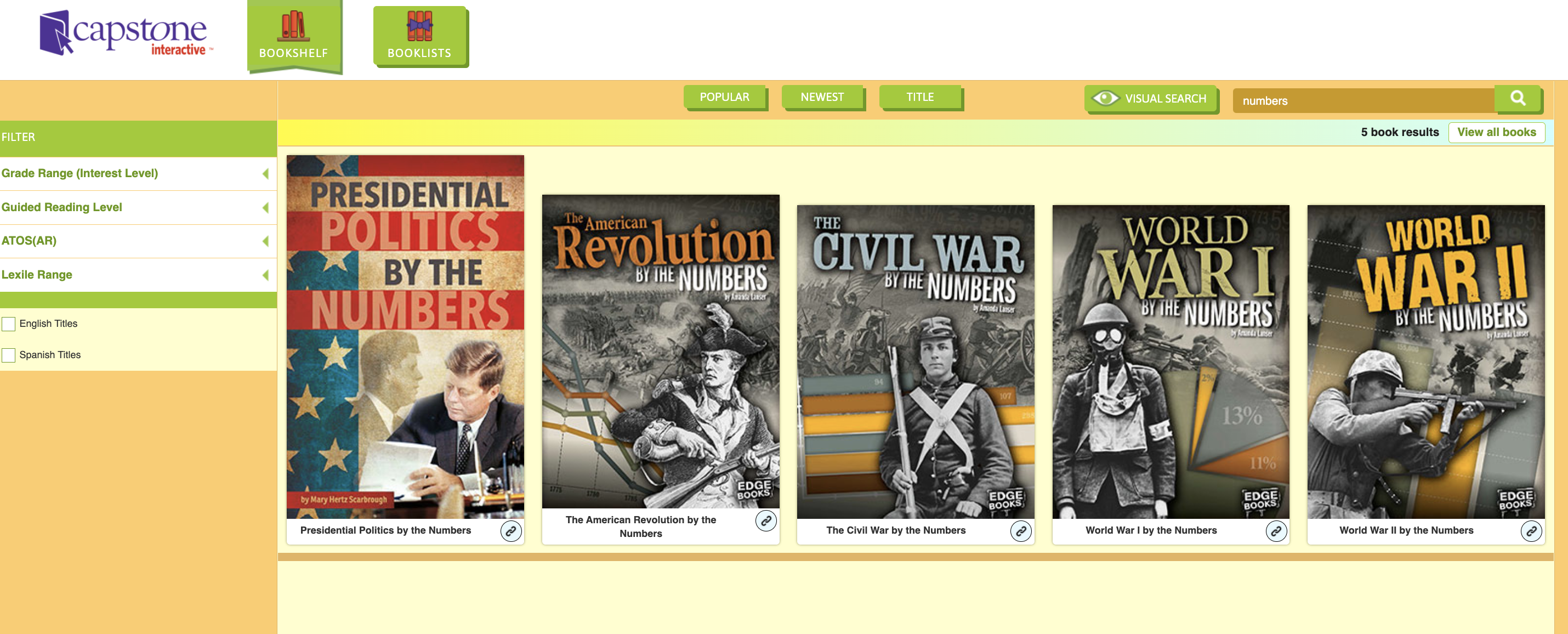
Using this guide from Elementary Statistics: A QuickStudy Digital Reference Guide, ask students to compare the charts they see in the By the Numbers series in Capstone Interactive eBooks to the types of charts and graphs that are shown in this guide. Ask students to write a description of each type of chart or graph and provide examples from the books and create their own examples.
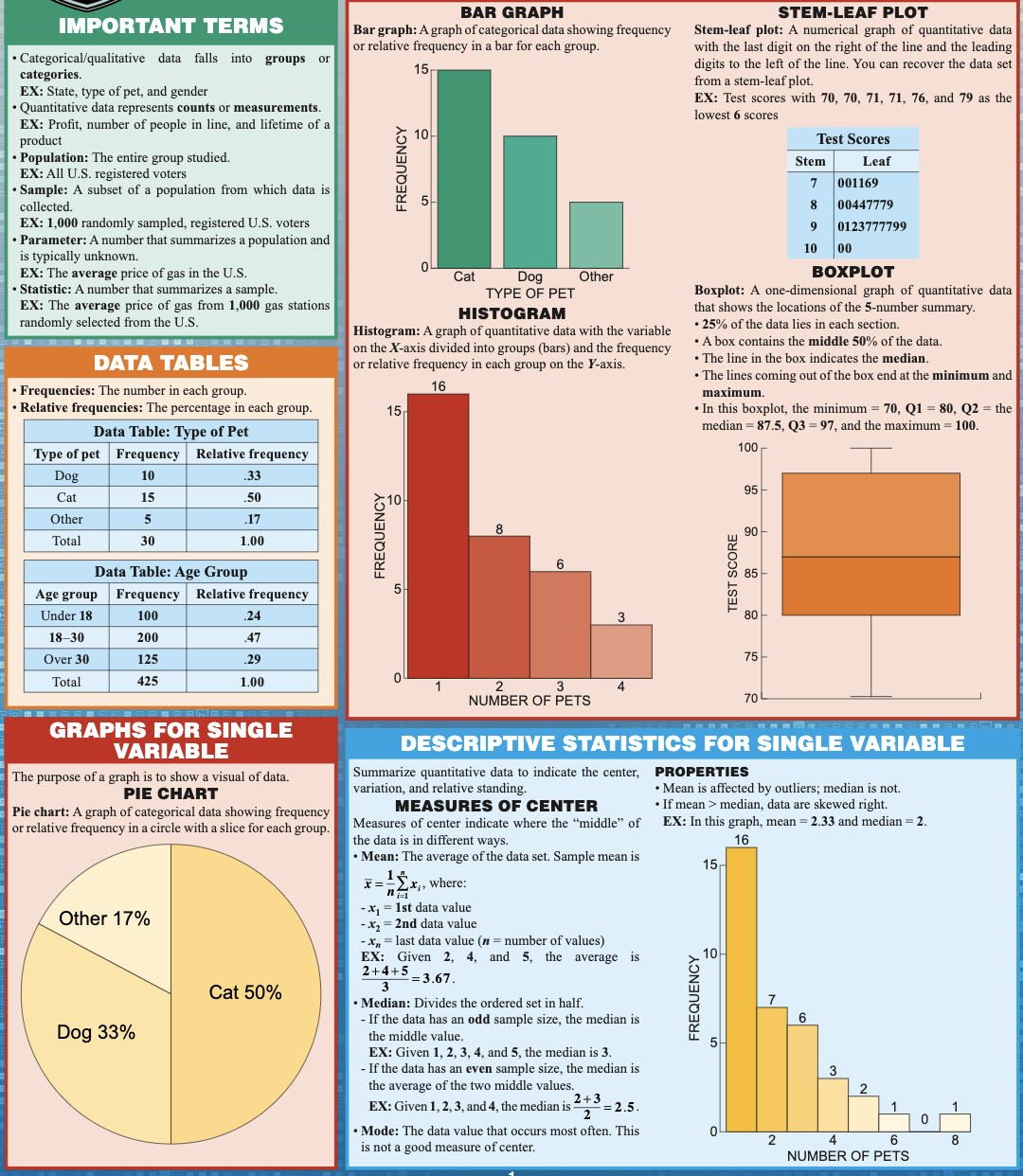
Highlights Library, recommended for students in grades K-5, offers several math-related eBooks when searching with the keyword "math."
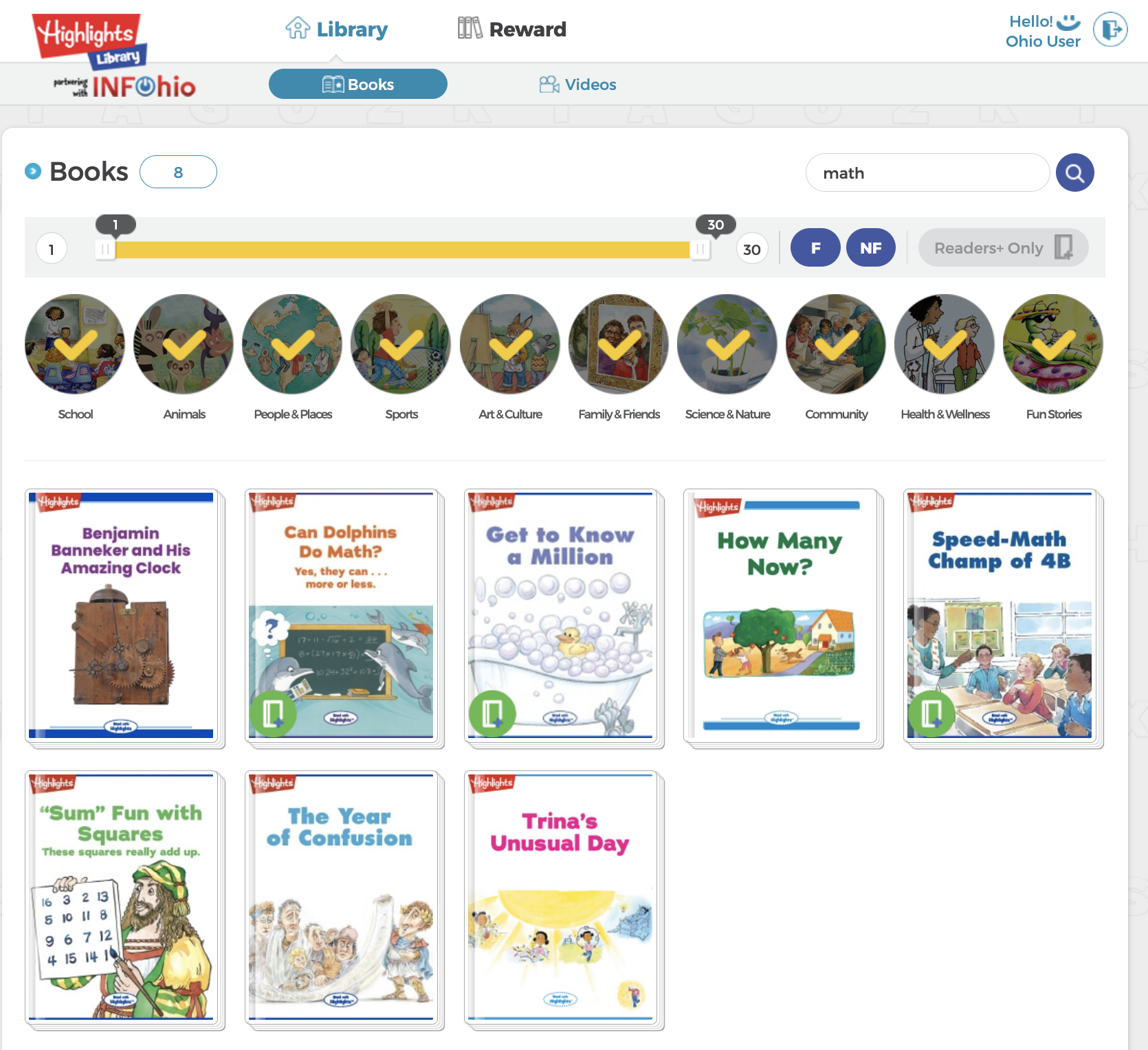
When reading text in mathematics it is also important to help students identify key vocabulary words found within the text. It is a necessary component of comprehension that students, "decipher the meanings of these words as they hold clues to the mathematical processes presented" (Armstrong, Ming, and Helf, 2018). Having students pick out the important content area vocabulary words prior to reading the full text or reading the problem in its entirety will help students understand it better.
In the eBook, Do Dolphins Do Math? from Highlights Library, ask students to skim through the book and find mathematics content area vocabulary that will help them to better understand the text. Words like more, less, fewer, and less than may all be possibilities. Students could use the Frayer Model to define these words. Using the Frayer Model to build academic vocabulary is one way to represent what a word means in multiple ways, deepening students' knowledge and allowing students to make connections to the real world. In the example below, students find the definition, add characteristics, examples, and non-examples. These boxes can be changed based on the needs and concepts being taught in various grade-level classrooms. In other Frayer Models, a teacher included a box to draw a picture of the concept.
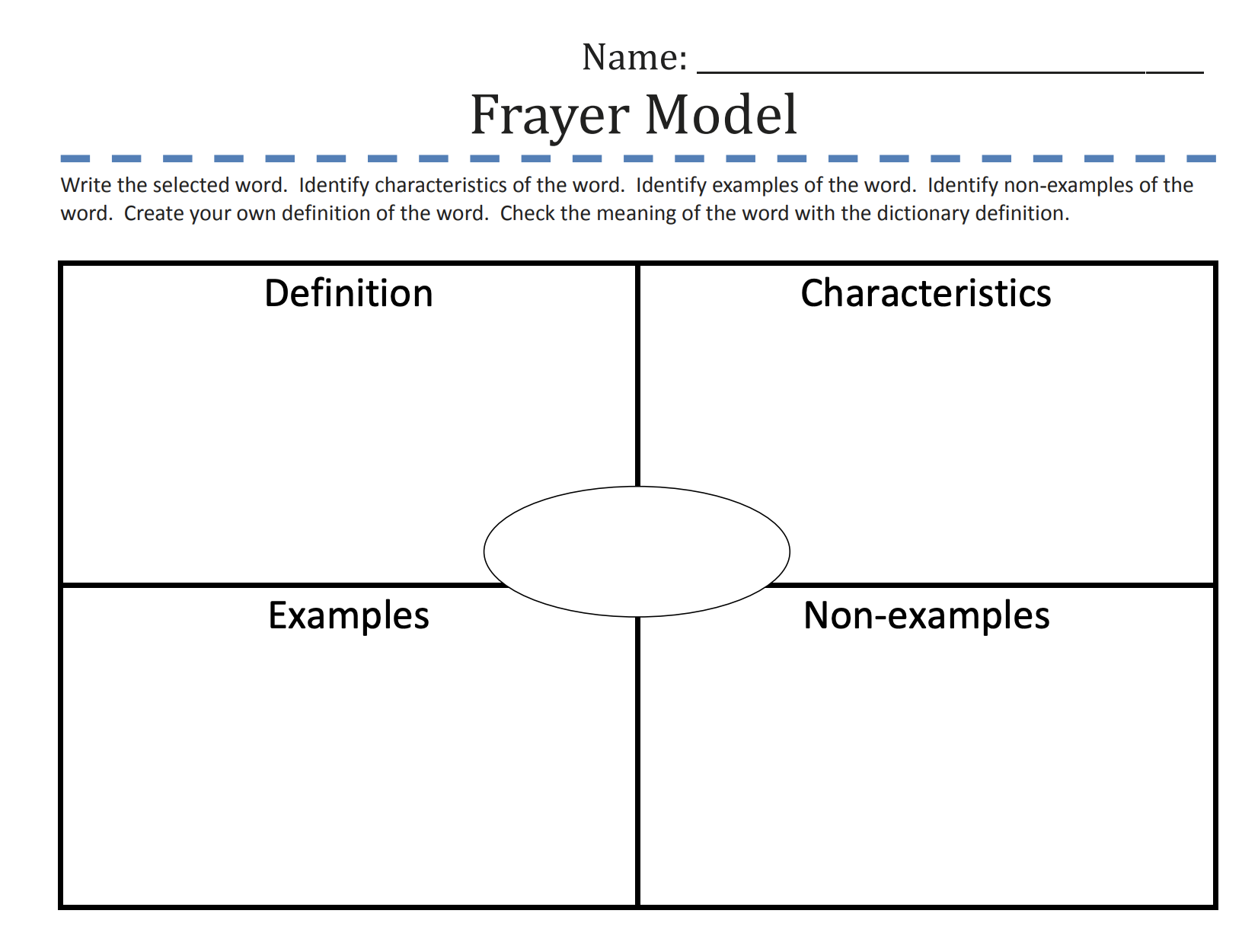
Using INFOhio's resources can help you bring reading and writing activities to your mathematics classroom, making math accessible and relatable to the real world. Explore and share these resources with your students. Then share how #INFOhioWorks for you on social media.
INFOhio is here to support you. If you have questions or specific needs, don't hesitate to reach out to us at support.infohio.org.
Sarah Mowery is a Professional Instructional Specialist with INFOhio. She has worked in education for 16 years as a school librarian and technology coach in elementary and middle school settings. While in these roles, she's been an integral part of the building leadership teams working as a curriculum connector and integrating web-based tools. She earned a BA in Sociology from Bowling Green State University and an MLS with a specialization in PK-12 schools from East Carolina University. Sarah was one of the original INFOhio ICoaches when the program first began in 2013 and has a passion for sharing how INFOhio resources can transform teaching and impact learning for students and educators across the state of Ohio.
Fetch is avaiable to INFOhio automated schools. If you are an INFOhio school, please log in with your school username/password using the button at the top-left corner of this page.
For more information about Fetch, please visit the Fetch information page or contact INFOhio support at https://support.infohio.org.